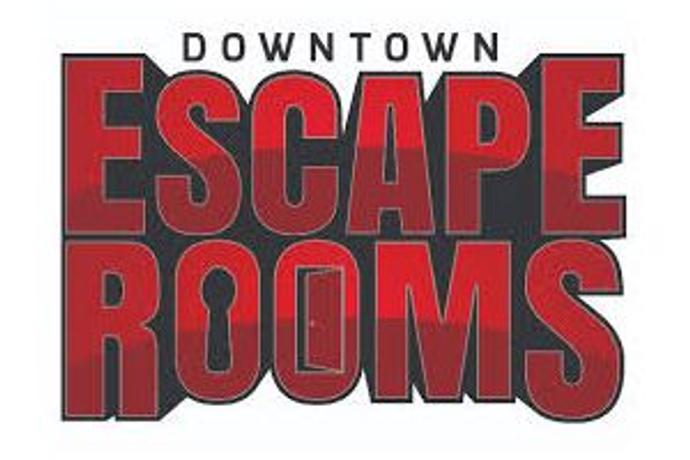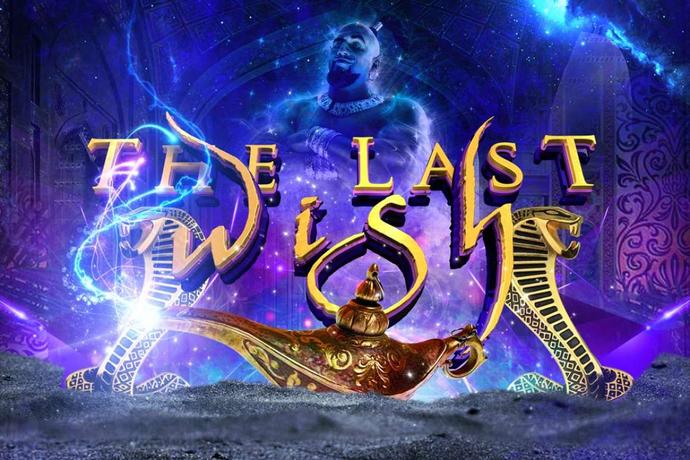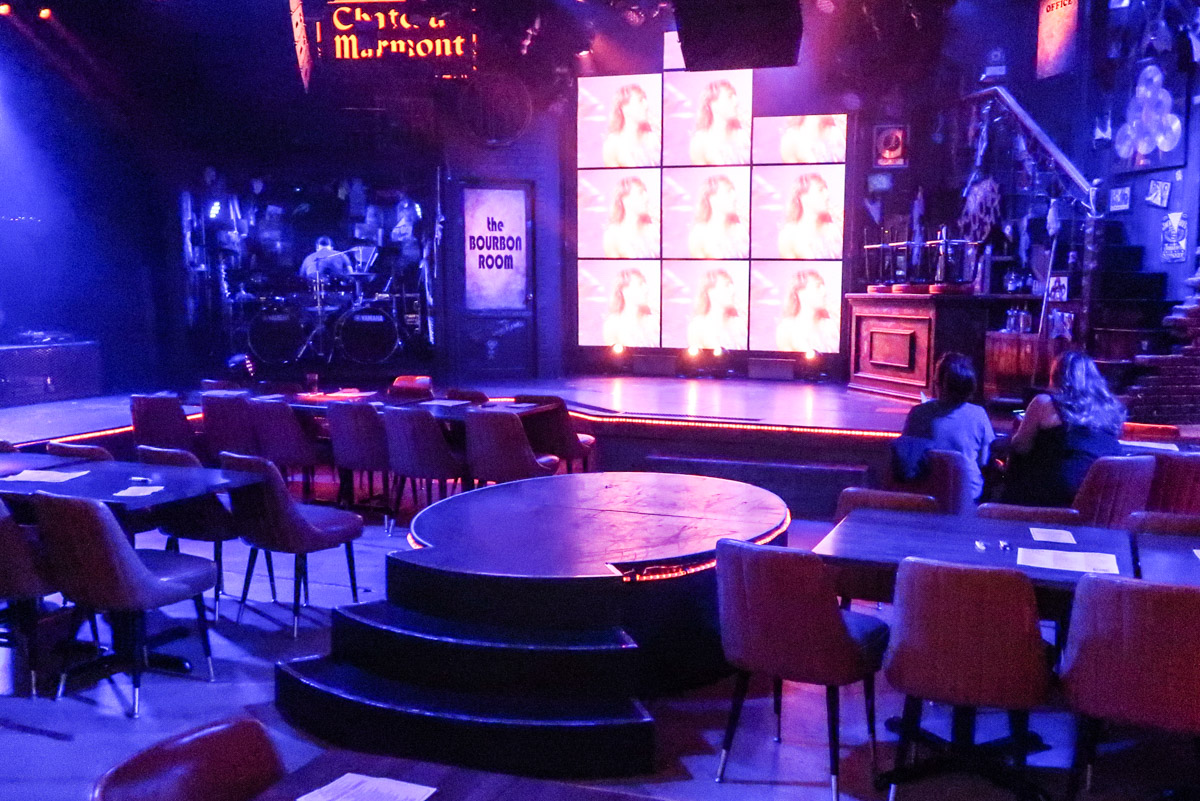

- #Ipanic escape rooms on bourbon street movie#
- #Ipanic escape rooms on bourbon street pro#
- #Ipanic escape rooms on bourbon street plus#
Panic in the Streets takes the form of a police procedural.

The Reeds are the very picture of the white, post-war American nuclear family of myth, and their home is a refuge from the dangers - both ethnic and epidemiological - invoked by the film’s title. Kazan effectively isolated the family from both native and cosmopolitan New Orleans. It looks nothing like the Creole cottages or shotgun houses you still find all over New Orleans, or like the posh two-story townhouses in the Garden District. The film’s protagonist, Lieutenant Commander Clinton Reed (played by Richard Widmark) lives in a generic suburban frame house with his wife Nancy (Barbara Bel Geddes) and their young son Tommy (Tommy Rettig).
#Ipanic escape rooms on bourbon street movie#
On that score, the movie offers more limited evidence. The residential neighborhoods and streets of New Orleans have also changed. Some places only get worse with improvement. On Sunday morning, the aroma of vomitus predominates, but it’s the wholesome sight of families with children that arouses biliousness.

The smell of spilt beer mingles with marijuana. On Saturday nights, Bourbon Street - now a pedestrian mall - is filled with tourists (often drunk), panhandlers, and amateur musicians. To take one example, the working-class culture (sleaze) formerly available on Bourbon Street – burlesque houses, juke joints, hash houses, and dive bars – so effective filmed by Kazan, has been supplanted by bourgeois kitsch: souvenir shops, smoothie stands, pizza joints and NOLA themed bars and restaurants. But the texture and complexity of the city – even its vivid contradictions – are diminished. True, many of the Creole-style buildings in the French Quarter and surrounding neighborhoods remain the same, and there’s still a port with docks, cargo ships (now mostly container ships) and warehouses. The city we visited isn’t much like the one in Kazan’s movie. Before we left, we prepared ourselves by reviewing their circumstances, and by watching the quintessential New Orleans movie, Elia Kazan’s Panic in the Streets (1950), shot entirely on location. That’s why we went to New Orleans last week – to visit environmental justice leaders in the Lower Ninth Ward, the Treme, and Hollygrove.

We mostly meet with our community leaders via Zoom, but sometimes it’s important to get together in their neighborhoods and on the streets.
#Ipanic escape rooms on bourbon street pro#
(We have six paid staff I’m pro bono.) We think we give excellent value for money, but we’re still part of the non-profit industrial complex. In return, they provide us with knowledge, inspiration, and the opportunity to receive foundation support to pay our salaries.
#Ipanic escape rooms on bourbon street plus#
We provide money (modest amounts), plus pro bono legal, scientific, grant writing, organizing and other help. Our non-profit, Anthropocene Alliance, partners with about a hundred of them. Nobody has counted, but there are probably tens of thousands of EJCs in big cities and small towns in every part of the country. Global warming has made these impacts even worse, for example by flooding mines and factories, spreading toxic agents into adjacent residential neighborhoods. Whereas poverty and discrimination typically expose people to substandard housing, poor municipal services and street crime, industrial pollution in EJC communities additionally subjects residents to discomfort, ugliness, and disease. Another way of putting it is that residents in these neighborhoods are the screwed of the screwed. Environmental Justice Communities (EJC) are non-white or working-class neighborhoods that have been flooded, burned, poisoned, or impoverished by the petrochemical, biomedical, transportation, real estate, timber, animal agriculture, or financial service industries. Elia Kazan), 1950.Īfter 18 months of lockdowns and travel restrictions, we decided it was time to hit the streets and visit some of our “environmental justice communities” on the Gulf Coast. Jack Palance and Pat Walshe in Panic in the Streets, (dir.


 0 kommentar(er)
0 kommentar(er)
